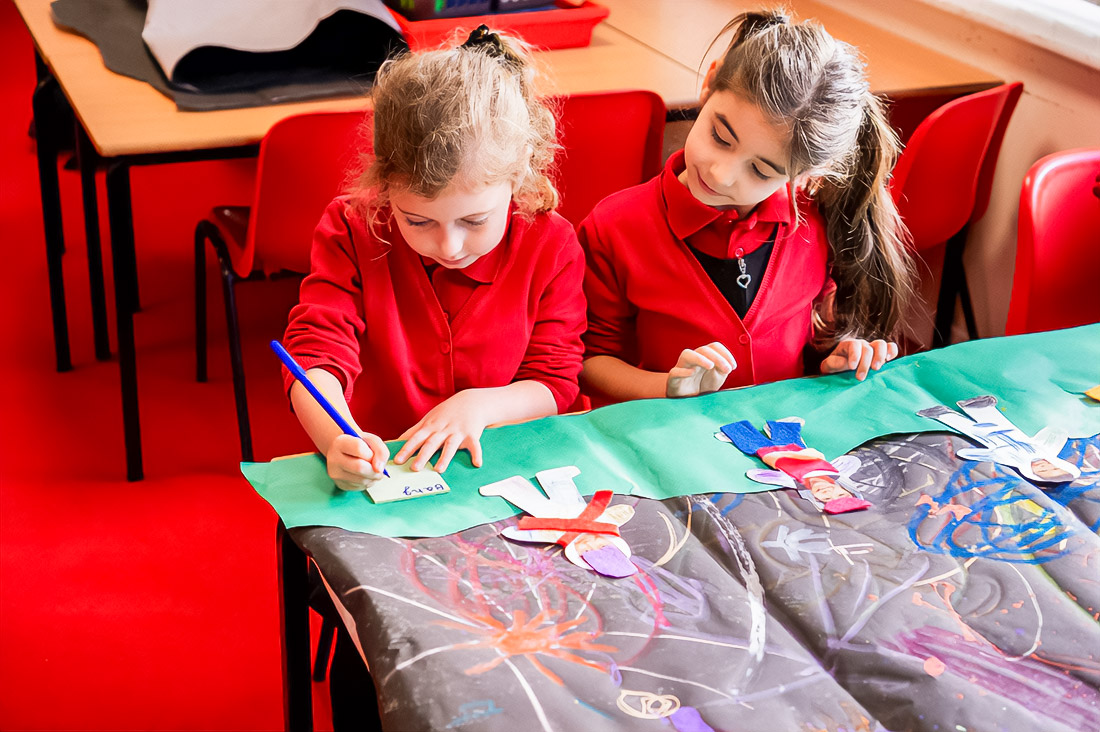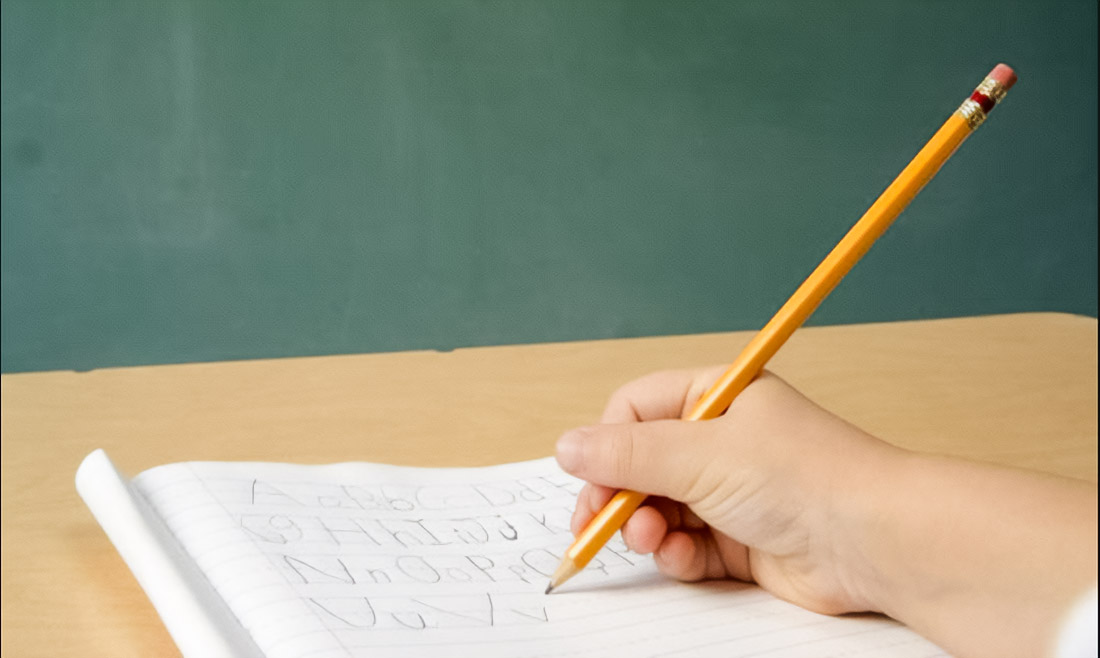In the modern educational process, Creativity and academic performance play key roles. These important concepts in educational psychology become a central element for a better understanding of educational processes. The definition of Creativity includes the ability to generate new ideas, find non-standard solutions, and solve problems in innovative ways. Academic performance, in turn, is measured through levels of knowledge and skills demonstrated by students. Thus, these concepts are not only interconnected but also complement each other, creating a foundation for successful learning. Learn more about approaches to learning on International Indian School Ajman.
Creativity as key to innovative learning: more deep look

Numerous studies explore the interconnection between creativity and academic performance. Approximately 75% of studies show that creativity positively affects educational achievements. For example, students possessing a high level of creativity show higher results in tasks requiring diagrammatic thinking and innovative approaches. However, about 10% of studies indicate possible negative aspects, such as difficulties in traditional educational systems focusing on the memorization of information.
Methods measuring creativity and academic performance
Measuring Creativity—a complex task. Creativity is multifaceted and often not subjected to quantitative evaluation. The most popular method—tests divergent thinking, like the test Torrance. These tests evaluate the ability to generate many ideas and find original solutions. In case academic performance is applied to standard tests and exams. However, both methods have their limitations. Tests on Creativity may not consider all aspects of Creativity, whereas standard tests may not reflect the true abilities of students. More about methods evaluation can read on Wikipedia about cognitive tests.
Examples of successful cases: positive influence creativity on academic results
Creativity shows significant strengthening academic results, especially in such disciplines as art, literature, and science. In one of the studies in the USA, students participating in the program on development creativity improved their mathematical and readable results by 20%. Another study showed that the use of creative educational methods, such as project-based learning and game methodologies, improves the assimilation and motivation of students by 30%.
Practical initiatives for integration creativity in educational programs
- Creation environment for experiments and risk, including open tasks, which allow students to find their own solutions.
- Maintenance diversity methods learning, such as project-based learning, group projects, and interdisciplinary approaches.
- Individual approach to differences students, adequate reflection of their unique abilities and interests.
Future research and adaptation educational systems to challenges time
Future research in the area of Creativity and academic performance promises to be promising. It is necessary to conduct further research to better understand how to integrate Creativity in various educational contexts. It is also important to develop new methods of assessment that reflect the abilities of students more accurately. Aspiration educational systems adapt to modern challenges and require the maintenance of Creativity and innovations in learning.
Creativity as the basis for critical thinking and innovations
Creativity contributes not only to academic performance but also to the development of critical thinking and innovations. In conditions of rapid development technologies, the ability to think creatively and critically becomes a necessary skill. Studies show that students develop these abilities faster by adapting to changes, successfully solving complex tasks, and adapting acquired knowledge in practice. More detailed information about critical thinking can be found on official site UAE.
Interconnection creativity and emotional intelligence: influence on educational process
Emotional intelligence is closely connected with Creativity. The ability to recognize and manage one’s own and others’ emotions is important in creative tasks. Students with high emotional intelligence show better results in creative tasks, as they better understand their own emotions and use them to generate new ideas. Programs that integrate the development of emotional intelligence and creativity contribute to the harmonious development of students.
Role technologies in support creativity in education
Technologies actively support Creativity in education. Modern educational platforms create interactive and personalized learning environments, stimulating creative thinking. Virtual and augmented reality expand learning opportunities, providing access to modern research methodologies and experiments, which contributes to a better understanding of complex topics.
Integration of psychological aspects Creativity in educational environment
Psychological aspects of Creativity play a significant role in learning. Supporting autonomy students increase their creative abilities. Educators should create an environment where students freely express ideas and are not afraid to make mistakes, which develops confidence in themselves and motivation to learn.
Cultural diversity and its influence on the development of creativity
Cultural context exerts a significant influence on the development of Creativity. In different cultures, Creativity manifests differently. Educational programs should consider the cultural features of students, which contributes to more effective development ability creativity. This requires the integration of cultural diversity into educational processes.
Important conclusions about educational values—role innovations
Creativity and academic performance—foundations educational process, significantly enriching learning and preparing students for modern challenges. Studies continue to expand, opening new opportunities for innovations in education. Systems learning supports creative thinking and innovations and promotes the successful development of students who are capable of adapting to changes and contributing to society.

Hiking addict, shiba-inu lover, ukulelist, Mad Men fan and fullstack designer. Acting at the junction of modernism and sustainability to express ideas through design. I prefer clear logic to decoration.


